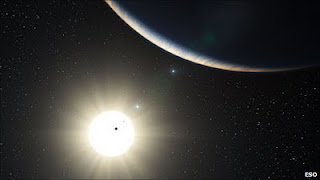We very well know that the black hole at the centre of the galaxy has a great influence on the life cycle of galaxy. This is certainly true when it comes to the case of star birth in a galaxy. But no one knows how and it wouldn't have proved true even today if it wasn't for the Herschel Space Observatory. To study the star birth, astronomers have to look at the galaxies with their telescopes. As we all know that almost all the galaxies have supermassive black holes at their centers, and due to the accretion problems of these black holes, it is highly impossible to get a clear view of whats happening in the galaxy and thereby the star birth. But grateful to the SPIRE camera of Herschel Observatory its now made entirely possible to watch the interior of a galaxy inspite of the outshine produced by the accretion disks. “Herschel provides a new perspective and is conducting a number of surveys of galaxies near and far, in order to unravel the mysteries of the formation and evolution of galaxies across cosmic time,” said Dr. Göran Pilb’ratt, the ESA Herschel project scientist. Everything is quite casual till here but now when they compared the images obtained on the SPIRE camera with the wavelengths of the accretion material, it revealed the most intriguing thing. Time to wow :-) Studies with Herschel revealed that a galaxy with fastest growing black hole is the galaxy with less star formation and vice versa. So lets wait to get these results confirmed by an even accurate team of astronomers :-)
Hoping the results to be true signing of for today Yours Astro baby :-)
Ref: sci news
Date: 10-05-2012




